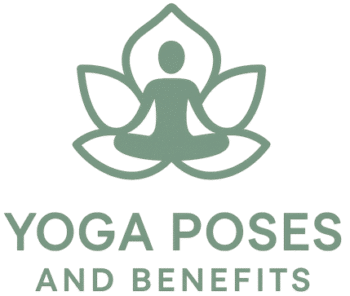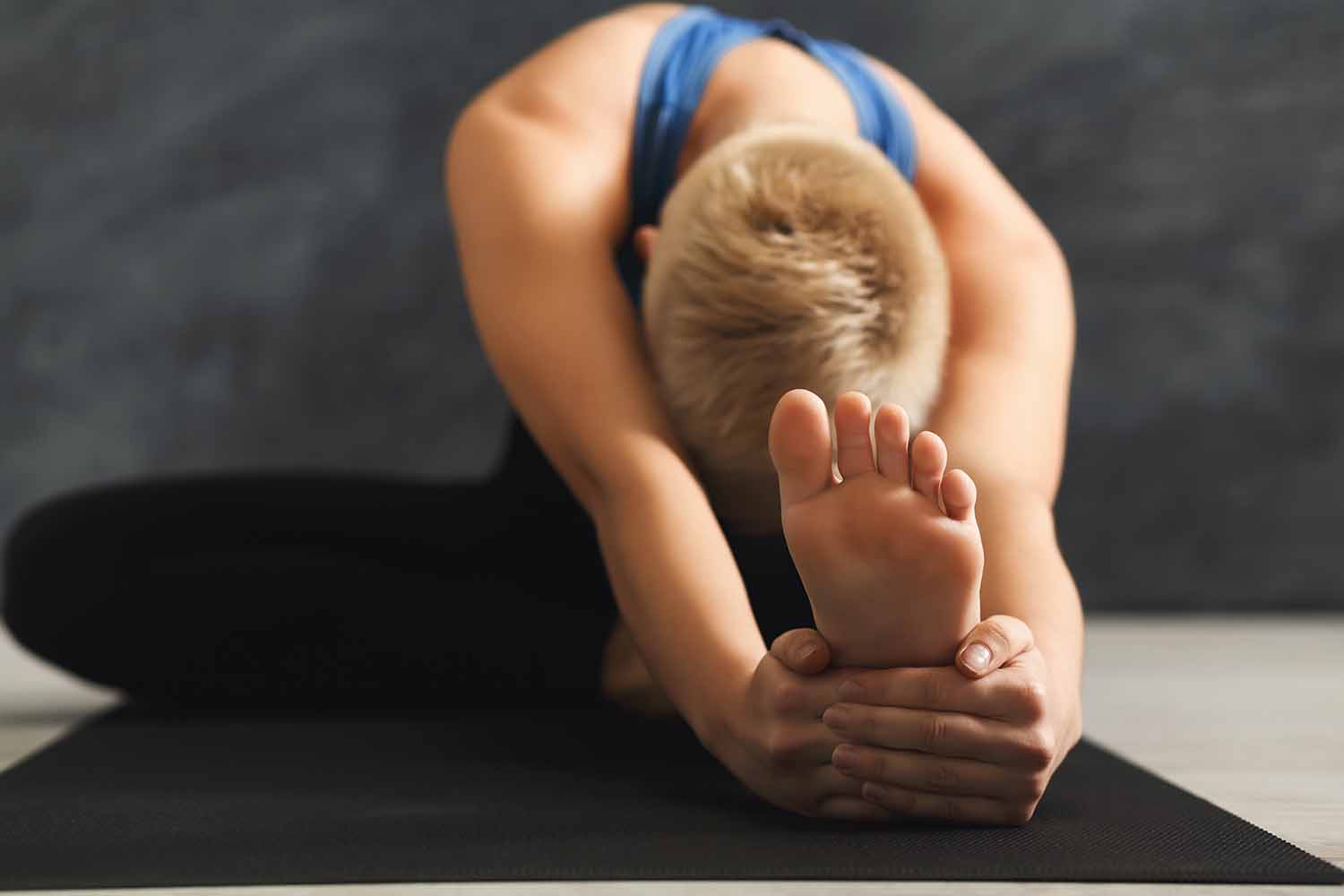What is Yin Yoga?
Yin yoga is a slow, meditative style that focuses on holding poses for longer periods, typically between 3 to 5 minutes. It targets the deeper connective tissues, such as ligaments and fascia, promoting flexibility and joint health. Unlike more dynamic forms of yoga, yin yoga offers restorative benefits by encouraging relaxation and mindfulness. For yoga teachers and practitioners, it complements more active practices and provides benefits such as increased circulation and enhanced energy flow through the meridian pathways.
The practice of yin yoga helps balance the body and mind, making it a valuable addition to any yoga routine. It is especially beneficial for those looking to improve flexibility and gain better mental clarity. Yin yoga benefits not only the physical body but also the nervous system, providing a calming effect that can be especially useful in managing stress and anxiety. By incorporating yin yoga into your practice, you can experience the unique benefits of this restorative approach, making it a powerful tool for overall well-being and better health.
Benefits of Yin Yoga
Physical Benefits of Yin Yoga
Yin yoga offers a unique set of physical benefits that are particularly appealing to both yoga teachers and practitioners. This practice targets the connective tissues, such as ligaments, tendons, and fascia, which are not typically engaged in more active yoga styles. By holding poses for extended periods, yin yoga helps increase flexibility and joint mobility, making it ideal for those looking to enhance their range of motion. Unlike dynamic practices, yin focuses on applying gentle, sustained pressure to specific areas, encouraging deeper stretching and greater access to the body’s subtler tissues.
One of the primary benefits of yin yoga is its ability to improve circulation, especially in the joints and lower body. This enhanced blood flow can aid in the recovery process for athletes or those with chronic stiffness. Additionally, yin yoga supports better posture and alignment by releasing tension in areas like the hips, lower back, and shoulders. This can be particularly beneficial for individuals who spend long hours sitting or performing repetitive movements.
The restorative nature of yin yoga also allows for the activation of the parasympathetic nervous system, promoting relaxation and reducing stress. This not only improves overall physical health but also enhances mental clarity and focus. Incorporating yin yoga into a regular practice can provide a more balanced approach to physical well-being, complementing more vigorous styles and offering a holistic way to maintain flexibility, mobility, and overall vitality. Whether you’re an experienced yoga teacher or a dedicated practitioner, understanding the physical benefits of yin yoga can help you guide others or yourself towards a more balanced and effective practice.

Mental and Emotional Benefits
This slow, meditative form of yoga encourages the mind to move inward, fostering a deep sense of relaxation and mindfulness. By holding poses for longer periods, practitioners can access deeper layers of tension, not just physically but emotionally as well. This practice allows for the release of stored emotions, which can manifest as physical tightness, particularly in areas like the hips and lower back.
Moreover, the meditative nature of yin yoga helps activate the parasympathetic nervous system, promoting a state of calm and reducing stress levels. This restorative effect can alleviate symptoms of anxiety and depression, offering a therapeutic space for self-reflection and healing. Yin yoga also teaches the value of stillness and acceptance, encouraging practitioners to sit with discomfort and develop a better understanding of their emotional landscape.
Incorporating yin yoga into a regular routine can help cultivate mental resilience and emotional balance. The benefits of yin yoga extend beyond the yoga mat, fostering a mindful attitude that can be applied to daily life. As a yoga teacher, sharing these benefits can guide students toward a more holistic approach to their practice, enhancing both their mental well-being and emotional health.
Integrating Yin Yoga in Your Daily Practice
Integrating yin yoga into your routine can be a transformative addition to your overall yoga practice. Start by incorporating yin yoga sessions 1-2 times a week to complement more dynamic styles like vinyasa or ashtanga. Focus on holding poses for 3-5 minutes, allowing the body to relax deeply into each stretch. Yin yoga is especially beneficial as a restorative practice on rest days or after intense workouts. It helps improve flexibility, release tension, and promote relaxation, making it a perfect counterbalance to more active forms of exercise.
Common Restorative or Yin Yoga Postures
These poses help to release tension and improve flexibility, making them ideal for deep relaxation and meditation.
- Butterfly Pose (Baddha Konasana): Targets the hips and lower back.
- Dragon Pose (Lizard Pose): Stretches the hips and groin area.
- Sphinx Pose: Opens the chest and strengthens the lower back.
- Caterpillar Pose (Seated Forward Bend): Stretches the spine and hamstrings.
- Reclining Twist: Releases tension in the spine and shoulders.
- Child’s Pose: Gently stretches the hips, thighs, and spine.
- Shoelace Pose: Stretches the hips and outer thighs.
- Happy Baby Pose: Opens the hips and stretches the inner thighs.
Integrating Yin Yoga into Your Routine
Incorporating yin yoga poses like Butterfly, Dragon, and Sphinx into your routine can be highly beneficial, especially on workdays or rest days following intense exercise. For those with busy schedules, consider taking short 15-20 minute breaks during your day to practice these poses, focusing on deep breathing and relaxation. This can help release accumulated tension from prolonged sitting or intense workouts. On rest days from the gym, dedicate a longer session, 30-45 minutes, to target tight areas like the hips and lower back, promoting recovery and reducing muscle soreness.
Is Yin Yoga Right for My Practice?
Deciding if yin yoga is right for you depends on your needs, goals, and current practice. Yin yoga is ideal for individuals seeking a slower, more meditative approach that targets deep connective tissues and enhances flexibility. It complements dynamic yoga styles by offering restorative benefits that promote relaxation and stress relief. For those experiencing tightness or recovering from intense workouts, yin yoga provides a gentle yet effective way to release tension and improve joint mobility. It’s especially beneficial for those with an active lifestyle who want to balance their energy and support recovery. The long-held poses encourage mindfulness, making it suitable for practitioners interested in the mental and emotional aspects of yoga. While yin yoga may not be ideal for those looking for a vigorous physical workout, it’s a valuable addition to any practice for its ability to cultivate patience and awareness. Understanding the benefits of yin yoga can help you guide students in finding better balance, both physically and mentally. Whether you’re looking to deepen your practice or offer more holistic options to your students, yin yoga can be a powerful tool for enhancing overall well-being. Integrating this practice into your routine can lead to a more grounded and mindful approach to life and yoga.

